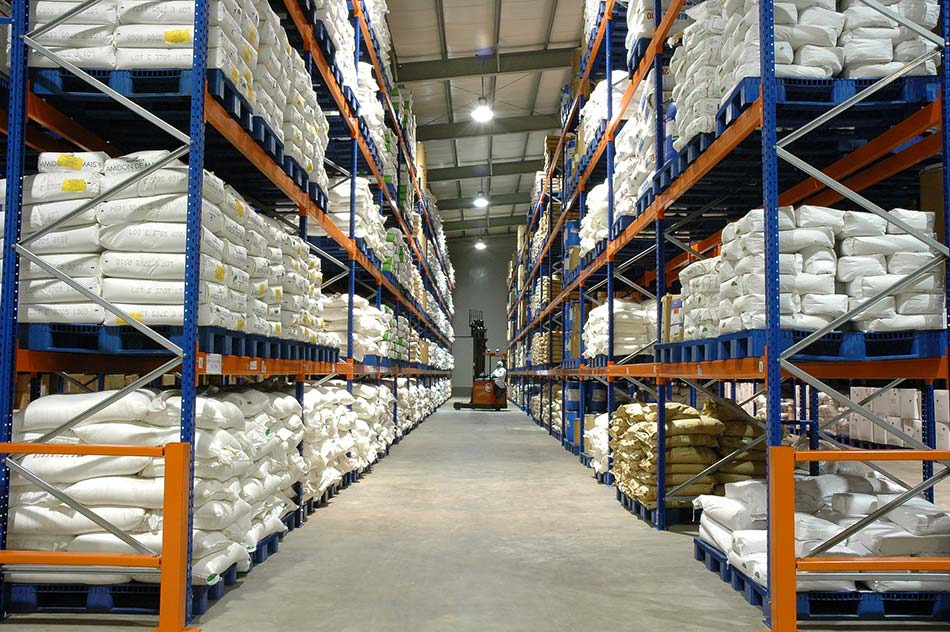Material Handling & Logistics recently ran a piece on the “7 Keys to Inventory Optimization.” The author, supply chain veteran Jeff Primeau, discusses some of the important areas to consider when creating an inventory optimization strategy. He also provides a few words of warning to those companies who dive into optimization without proper planning and communication:
Too often, however, the decision to cut inventory and how to do so is made with little input from the distribution center’s heads. Sometimes, distribution centers aren’t even aware of the changes until they quickly start seeing once-stable environments become less so. Even if companies do include distribution operations in the discussion, it often fails to take potential side effects into account simply because so few people actually understand them.
Simulation + inventory optimization
Luckily, simulation provides just the sort of predictive power that facilities need to reach their improvement goals. Let’s go over these seven factors to see how simulation can help in your next inventory optimization project.
1. Yard management, appointments and dock scheduling
“More deliveries means increased trailer congestion, especially if you don’t have extra dock space available.”
Simulation provides comprehensive what-if analysis of yard management, appointments and dock scheduling. Why not experiment with your current configuration and see if you can handle the extra deliveries?
2. Receiving time
“… unless you’ve prepared for extra deliveries, your workforce won’t be able to withstand the increased workload.”
Bottlenecks and starve time of resources (due to chaotic receiving and shipping schedules) can be analyzed within a simulation model. It’s important to know the best area to apply time and resources for improvement — simulation can help you find those areas.
3. Quality control
“If you require inspections during receipt, be prepared to process more samples.”
Every quality control procedure is different, but it’s important to understand the cost and time expended in doing this necessary step. A simulation model can create those cost associations and shed some light on the resources used in quality control.

4. Putting away goods
“Smaller delivery quantities typically lead to storage locations becoming packed with less-than-full pallets and, unless you’ve planned in advance, there’s no immediate fix.”
Don’t be caught unprepared! Simulation helps companies analyze employee and resource requirements for putting away goods across any number of scenarios, helping them stay prepared for practically anything.
5. Picking and letdowns
“Where you will see a change is when tracking lot numbers and expiration dates during picking …”
Once a simulation model of a facility or process is finished, testing and analyzing many different “what-if” scenarios is as easy as setting up and experiment and letting it run. Will the current number of picking bins be sufficient for smaller and more frequent deliveries? Simulate the scenario and find out!
6. Managing inventory control
“Both physical and cycle counts become more tedious when having to count less-than-full pallets.”
Over the course of a simulation, any inventory problems and stock-outs your process might experience will be brought to light. By knowing where and when your inventory issues are likely to occur, you can better allocate resources to optimize the system.
7. Prepare now, not later
“… make sure to do your homework and plan for any potential impacts cutting inventory could have on your operations.”
One of the biggest benefits in simulation is the ability to test and experiment in a risk-free environment. A simulation model has none of the costs associated with physical experimentation, and it significantly reduces time by simulating days, weeks and even months of operations in just minutes. By considering the effects of different optimization strategies in a simulation beforehand, you will understand production problems before they even arise.
